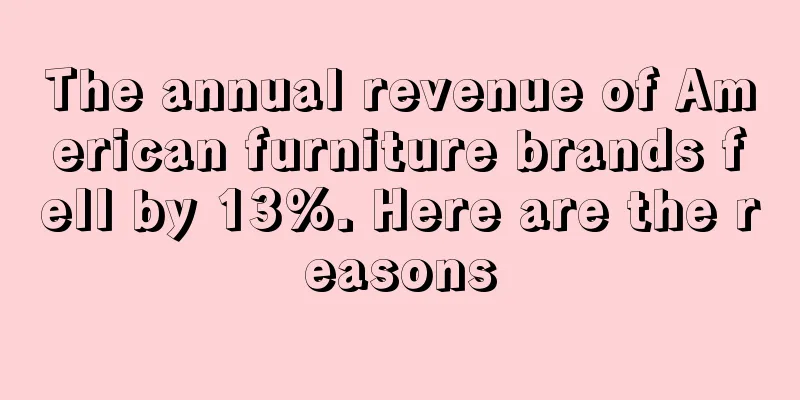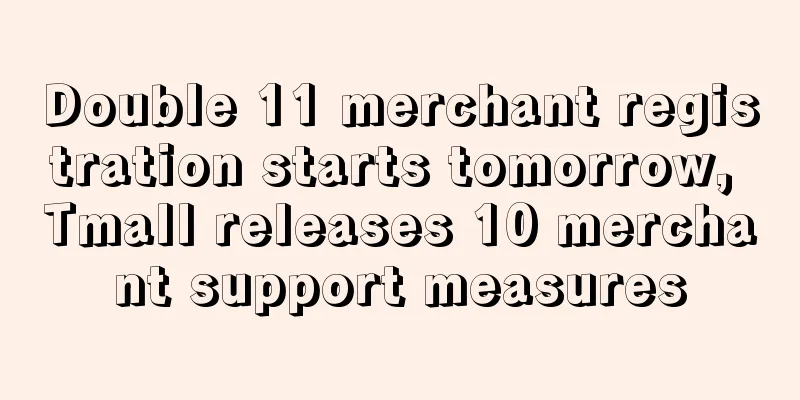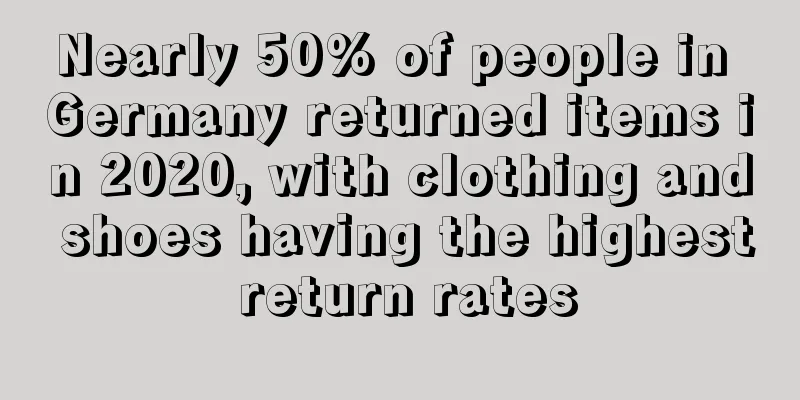Sellers subsidize traffic during the Spring Festival! Wish PB "Subsidy Budget" is launched

|
The Wish platform said that in order to help sellers increase sales and maximize product exposure , as well as expand the promotion scope of products , Wish will launch a limited-time "subsidy budget" offer.
This offer applies to newly created and automatically renewed activities between 3:00 p.m. on February 1, 2021 and 7:59 a.m. on February 28, 2021, Beijing time. Newly created or automatically renewed activities that start running after 7:59 a.m. on February 28, 2021, Beijing time, will not be eligible for the "subsidy budget".
It is reported that the "subsidy budget" is a limited-time promotional activity of ProductBoost launched by the Wish platform only for some sellers , and no additional fees are charged to sellers. The "subsidy budget" is automatically issued to promotional activities that meet the above conditions, without the need for sellers to apply.
At the same time, the “Subsidy Budget” also applies to ProductBoost campaigns enabled with IntenseBoost.
For sellers who are selected by the event and have the opportunity to enjoy this offer , Wish also recommends setting up the platform's previously launched fulfillment "Extended Option" so that sellers can continue to operate and accept orders in the weeks before and after the 2021 Spring Festival, and at the same time, combine the discounts brought by the "Subsidy Budget" event launched this time to seize the opportunity to increase product exposure . In addition, during the Spring Festival , competition between sellers will decrease , and ProductBoost promotion activities may bring more traffic to sellers .
Wish platform also made relevant explanations for this activity : The amount of "subsidy budget" depends on the initial budget set by the seller for the corresponding promotion and the "subsidy budget rate " applicable to the seller . The total budget that can be spent on the corresponding activity is the budget set by the seller plus the subsidy budget . The platform does not charge sellers additional fees. The "subsidy budget" spent during the activity will also be proportional to the actual total cost of the activity.
Wish also gives sellers an example of how the “subsidy budget” might look like:
Suppose the seller sets a budget of $ 100 for a ProductBoost campaign. Since the "subsidy budget rate" that the seller can enjoy is 10%, the seller can get a "subsidy budget" of $10 ($100*10%). After clicking "Save Campaign", the "total budget" that can be spent on the campaign is $110.
The campaign runs and spends a budget of $90 . The "subsidy budget" will be spent according to its ratio to the "total budget". The following formula is used to calculate the total spend of the "subsidy budget":
Total activity cost * (subsidy budget / total budget) = total subsidy budget cost Substituting the amounts in the above example into the above formula: 90 * (10/110) = 8.18
It can be concluded that the total cost of the "subsidy budget" is $8.18. Therefore, the amount charged by the platform to the seller is $81.82 ("total activity cost" $90 - "total subsidy budget cost" $8.18).
This example shows that sellers do not need to pay the "subsidy budget" expenses, but only need to pay the remaining part of the total activity cost after deducting the "subsidy budget" expenses.
It can be seen that if Wish sellers want to generate greater profits during the Spring Festival, they might as well try this event, which provides preferential subsidies and can also increase traffic. However, the specific implementation depends on the actual operation of the seller, and then weigh whether to participate in the event. Wish Spring Festival Seller Subsidy budget ProductBoost |
Recommend
Online fashion platform Secret Sales completes Series A financing, raising €10 million
Foreign media reported that British online fashio...
New owner Shoptago announces permanent closure
Today, the new owner Shoptago released a notice o...
SHEIN has new moves
SHEIN , a fast fashion cross-border e-commerce co...
What is Dragonfly? Dragonfly Review, Features
Dragonfly is an Amazon third-party brand acquisiti...
What is Feiniao International? Feiniao International Review, Features
Feiniao International was founded in 2010. It is ...
The peak season has come early, has Amazon’s Black Friday event started?
Amazon announced on October 4 that it is launchin...
Ranked second! Temu takes off in another country
Temu has been rolling out low prices and subsidie...
5.5 Big Sale is here! Shopee releases popular categories and potential best-selling products on six major sites
Shopee releases 5.5 promotion schedule and popula...
TikTok's Singapore competitor Lomotif acquired for $125 million
According to Bloomberg, a group of investors incl...
What is JazzCash? JazzCash Review, Features
JazzCash is a well-known payment platform in Paki...
The biggest growth opportunity of the year for cross-border merchants is here! AliExpress launches Double 11 & Black Friday business promotion
The biggest growth opportunity of the year for cr...
Amazon to open delivery facility in Augusta County
According to foreign media reports, Amazon will o...
What is VCKOVCKO? VCKOVCKO Review, Features
VCKOVCKO is a store that specializes in false bear...
Reporting infringement and still being blocked? Amazon sellers are devastated...
The editor learned from Amazon's official sel...
What is Travelpro? Travelpro Review, Features
Travelpro was founded in 1989. It is a series of l...









